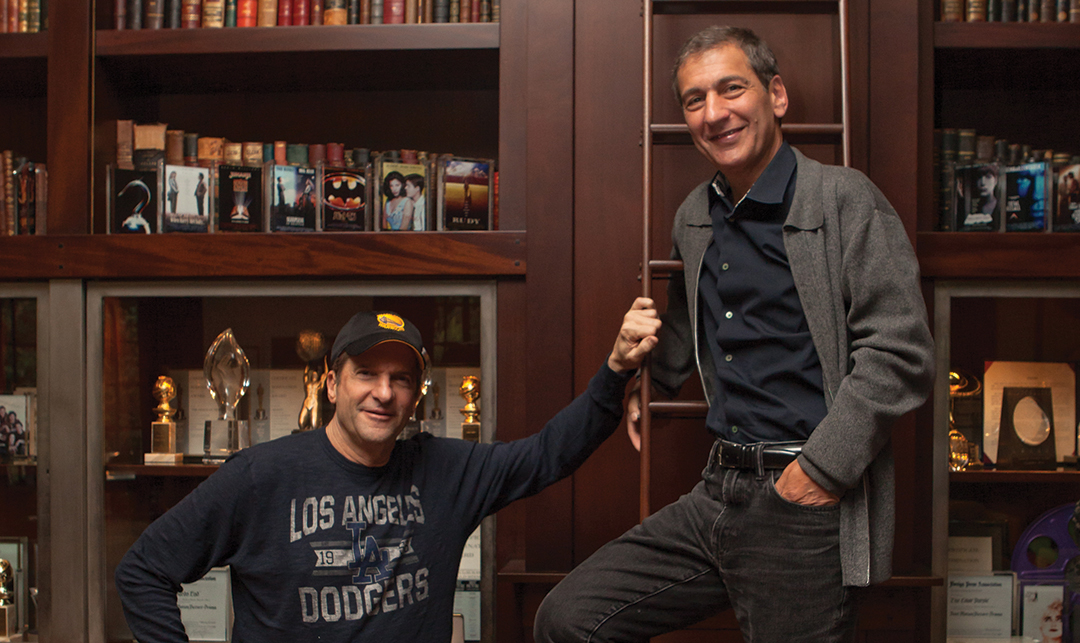Recently, we coached four high school students in a competition to sell their restaurant concept and win college scholarships. It’s no different than when we trained a mid-sized CPA firm facing the Big Four invading their space; entertainment attorneys from Century City pitching a major talent agency to represent celebrity clients; or an insurance firm competing for municipal contracts by showcasing the unique qualities of their team.
The good news; more deals are in play. The bad news; more fish are swimming in every pond. The challenge is how to set yourself apart. And regardless of your company’s size, reputation, or experience, everyone who competes for business needs to demonstrate how their team will best serve the client.
Eloqui is a firm believer in team presenting and the art of the hand-off. Working together as an effective team increases your odds of success. Each person plays to his or her strengths. Content can be divided so that one person takes the big picture or vision, while the other handles details or process. Since no one in business has enough time, team presenting allows each person to prepare only her part of the pitch. And having a strong co-presenter lessens anxiety, knowing your partner has your back.
But the true magic of team presenting is how it affects the potential client. Done well, your team delivers the impression that you like and respect each other. If you are aspirational, team presenting demonstrates your capacity to handle larger projects. And when you win the contract, the client knows who will handle what, because it was delineated during the pitch.
Appreciating the value of team presenting is only the beginning. The trick is having the hand-offs appear seamless, and not constructed or staged. As author Lillian Hellman reminded us, you don’t want the stitching to show. So Eloqui has taken a page from the theatrical world and translated the techniques of ensemble acting for business professionals.
First up is intention, or what you want to achieve. It isn’t always to ‘Win the business.’ It could be to get a second meeting, or determine if the fit is right. For example, Jeff, our client at TD Ameritrade, counseled his team “not to get to the features and benefits too soon.” They became more successful with a targeted intention.
Intention also needs to be shared between partners. And when the potential client asks you to “Come in and tell us a little about yourself,” don’t take the bait. What they really want to know is how you can benefit them. You will achieve your intention through better questioning, making assumptions, and recommending solutions—delivered by each member of the team.
Often, our clients tell us they already do team presenting (i.e., “I take the first twenty minutes and my partner takes the next twenty.”). Ideally, team presenting resembles a conversation or tennis match, where the ball is served and volleyed. It should feel natural, authentic, and interactive. That’s why we recommend only two individuals to a team, except when a third person is vital because of their technical expertise. (They play a minor role in the mix.)
The mechanics of team presenting can be difficult to master. Cue pick-up, physical positioning, and how to direct audience or client focus takes skill and practice. Cognitive science reveals that 65 to 80% of the import of a message is delivered non-verbally. In team presenting, the impression you convey is closer to 80%. Pacing and momentum are critical. The client observes how you share the stage, create variety through counterpoint, and your reaction in second chair, listening and watching the person speaking.
Realize that knowledge, experience, and name recognition are only a portion of your playbook. Team presenting and rehearsing hand-offs is equally – if not more – important than assembling great content. The goal is to be strategic and win.
THE UNLUCKY 7
Dumb things smart companies do to lose team pitches:
1 . Spend the majority of prep time compiling content for the pitch and little or none rehearsing the delivery or hand-offs.
2. Bring associates and junior staff who sit mutely by, while the senior member delivers the majority of the presentation.
3. Begin by describing the services, history, and experience of your firm or pitch team instead of starting with insights about the prospective client.
4. Fail to appoint a facilitator who drives the agenda, senses the client’s level of engagement, or directs comments and elicits questions.
5. Leave out why this particular team was assembled and what specific talents each person brings to the table.
6. Construct PowerPoint as a cueing device overloaded with text, graphs, and charts, with little visual variety.
7. Neglect treating the presentation as a team production that requires orchestration of individual parts, pacing, and momentum.













































